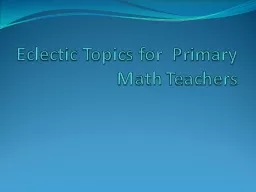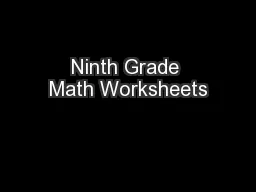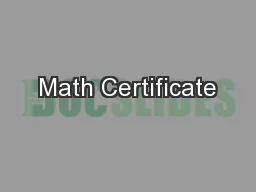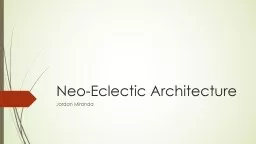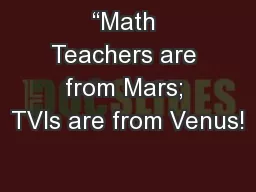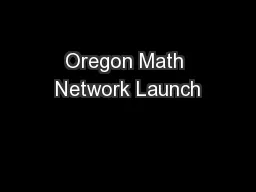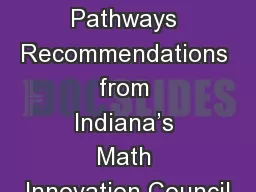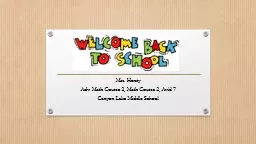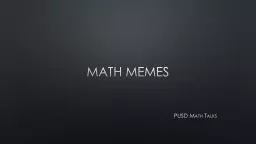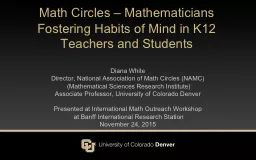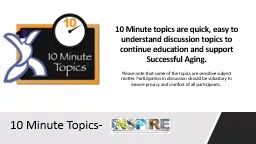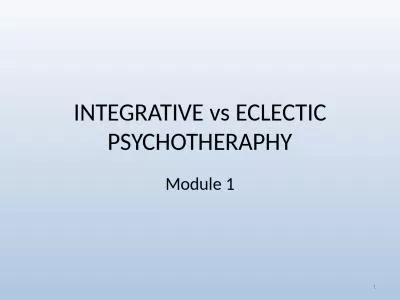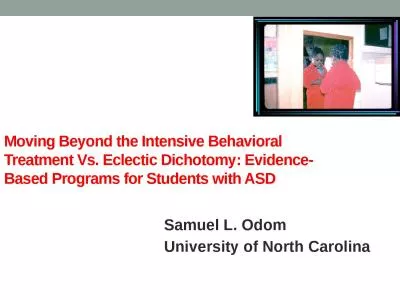PPT-Eclectic Topics for Primary Math Teachers
Author : tawny-fly | Published Date : 2016-04-01
Dr Sharon WhitehurstPayne swhitehucsusmedu Outline Professional Growth Common Core State Standards ThinkPairShare Summary Evaluation Personal Professional Growth
Presentation Embed Code
Download Presentation
Download Presentation The PPT/PDF document "Eclectic Topics for Primary Math Teache..." is the property of its rightful owner. Permission is granted to download and print the materials on this website for personal, non-commercial use only, and to display it on your personal computer provided you do not modify the materials and that you retain all copyright notices contained in the materials. By downloading content from our website, you accept the terms of this agreement.
Eclectic Topics for Primary Math Teachers: Transcript
Download Rules Of Document
"Eclectic Topics for Primary Math Teachers"The content belongs to its owner. You may download and print it for personal use, without modification, and keep all copyright notices. By downloading, you agree to these terms.
Related Documents

